Hawaiian Airlines and Delta Air Lines have ended their long-time loyalty agreement. As a result, the U.S. aviation market is shifting quickly. Alaska Air Group’s merger with Hawaiian Airlines has triggered this major change.
Previously, Hawaiian built flexible partnerships with several international carriers. However, it now shifts toward Alaska’s global alliance network. Therefore, Hawaiian’s older bilateral deals have started to vanish. This change deals a major blow to Delta’s loyalty network. Without Hawaiian, Delta loses key reach into Hawaii. Meanwhile, Alaska gains access to more routes and passenger loyalty benefits.
Alaska Air Group plans to manage both brands under one system. Still, it will keep the separate Hawaiian and Alaska names. That way, it protects customer loyalty while improving efficiency. Alaska brings a strong U.S. mainland network to the merger. In contrast, Hawaiian offers powerful international and island routes. Together, they create a more complete and far-reaching system.
Delta must now compete more directly with United Airlines. Notably, United already leads in flights to Hawaii. On the other hand, American Airlines may grow stronger due to Alaska’s alliance ties.
Hawaiian Airlines continues to expand long-haul routes. It flies to Tokyo now and soon to Seoul. By 2026, Alaska will use Hawaiian’s Dreamliners on new routes. At the same time, both airlines aim to share one Air Operating Certificate. This move will smooth operations, schedules, and crew planning. Thus, they improve flexibility and control across the entire system.
Clearly, the breakup between Hawaiian Airlines and Delta Air Lines changes the game. Alaska now gains power as it merges networks, routes, and loyalty systems. As the competition heats up, travelers will feel the difference.
Related stories:
Catch up on the top stories and travel deals by subscribing to our newsletter!

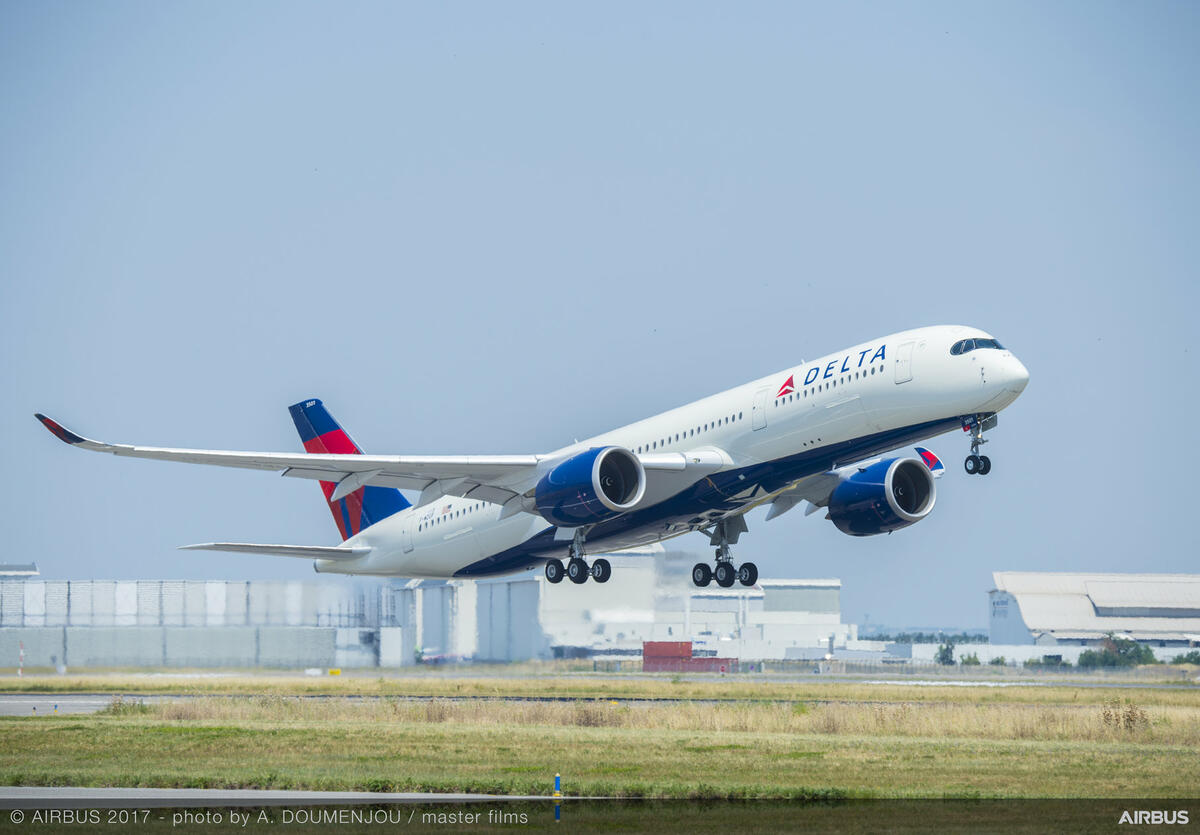

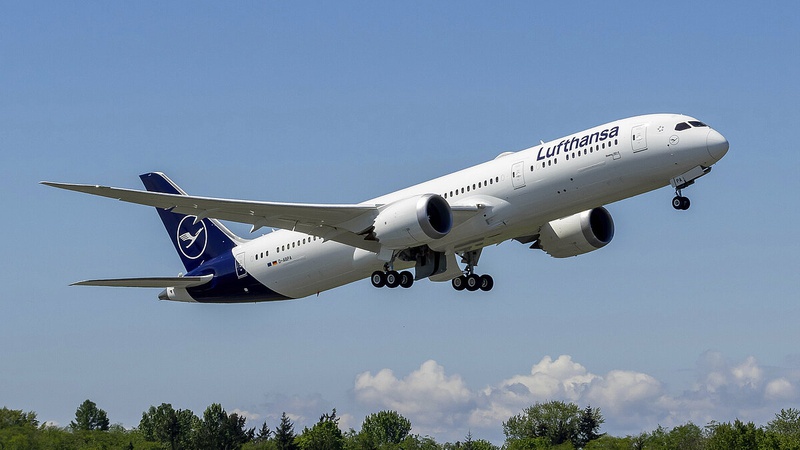
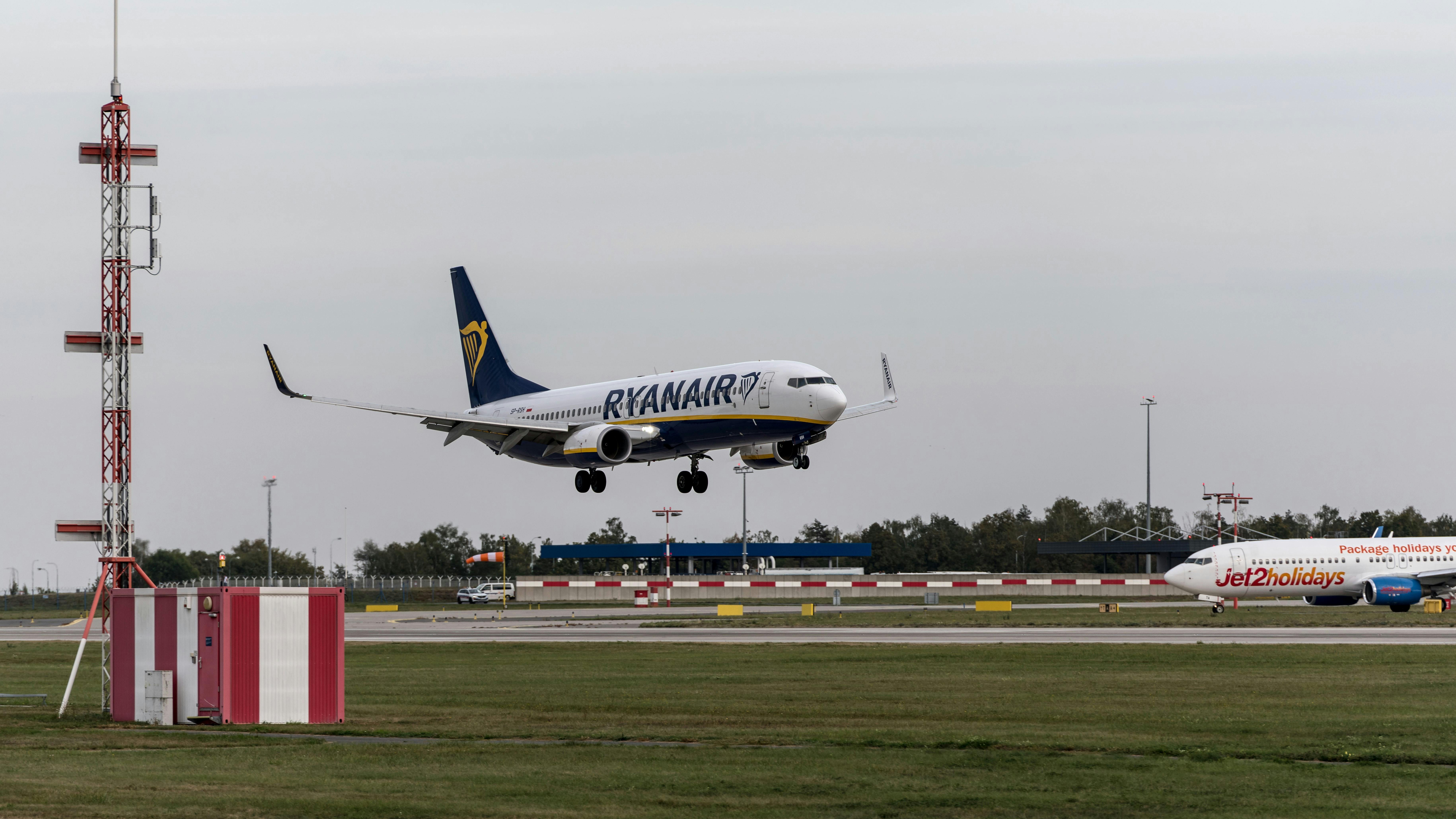
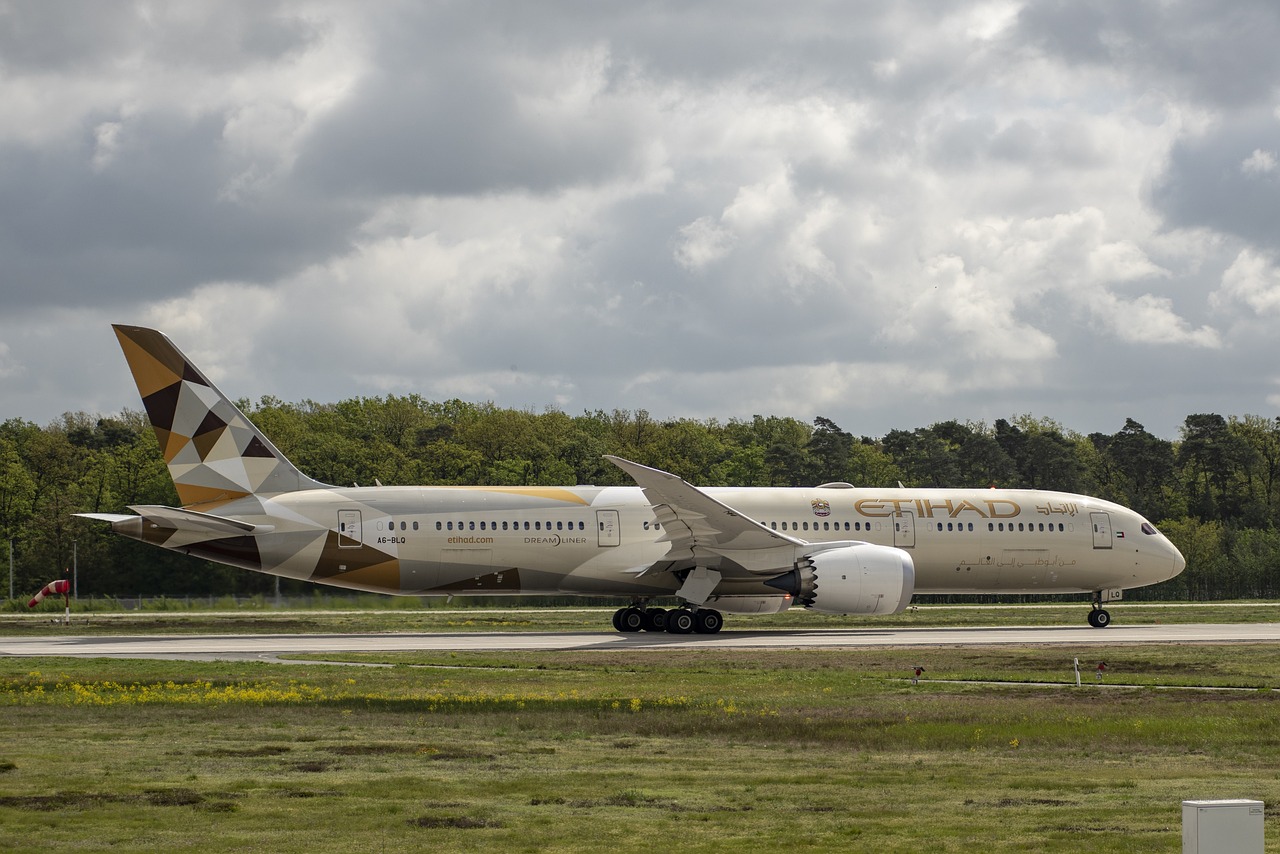
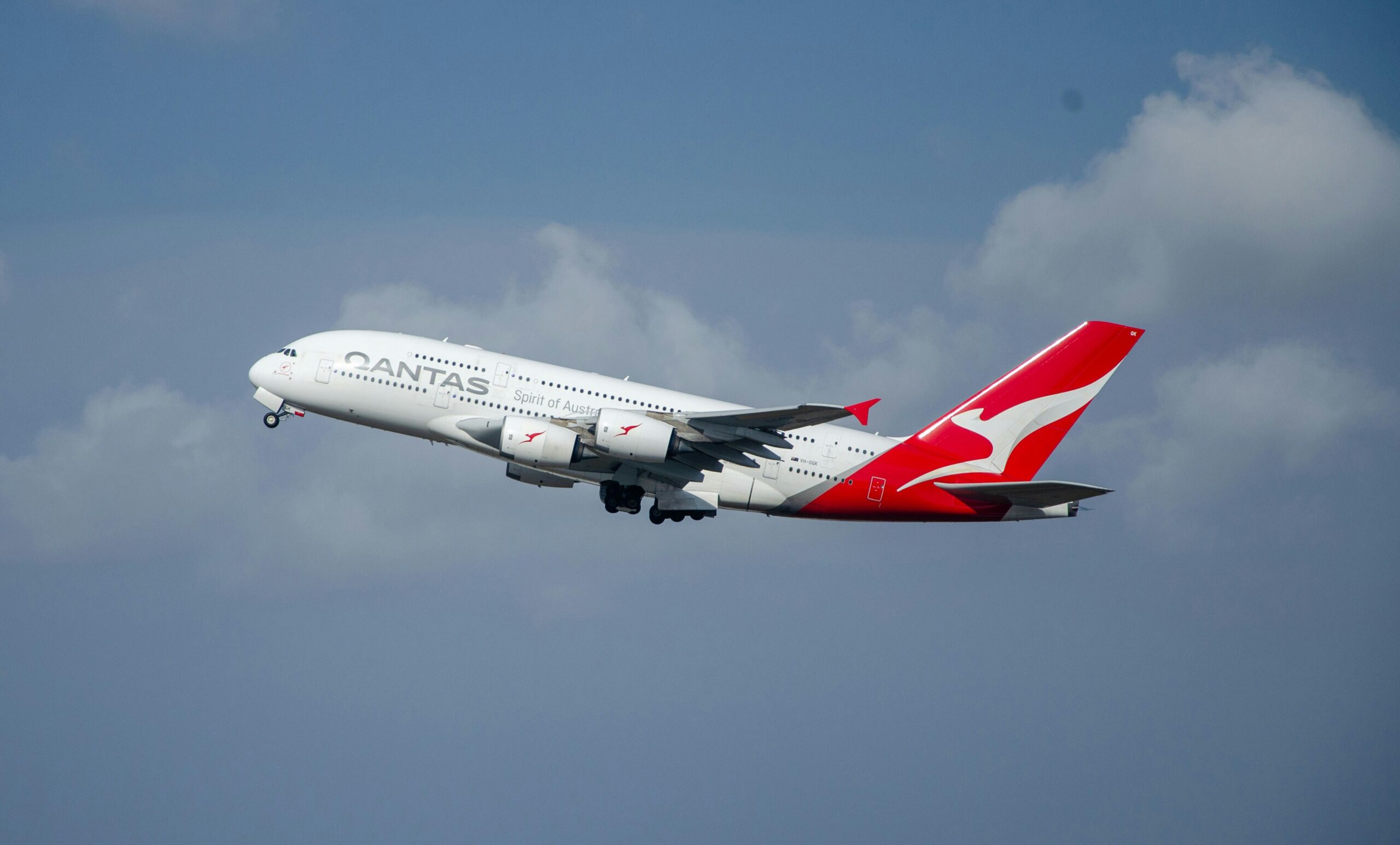
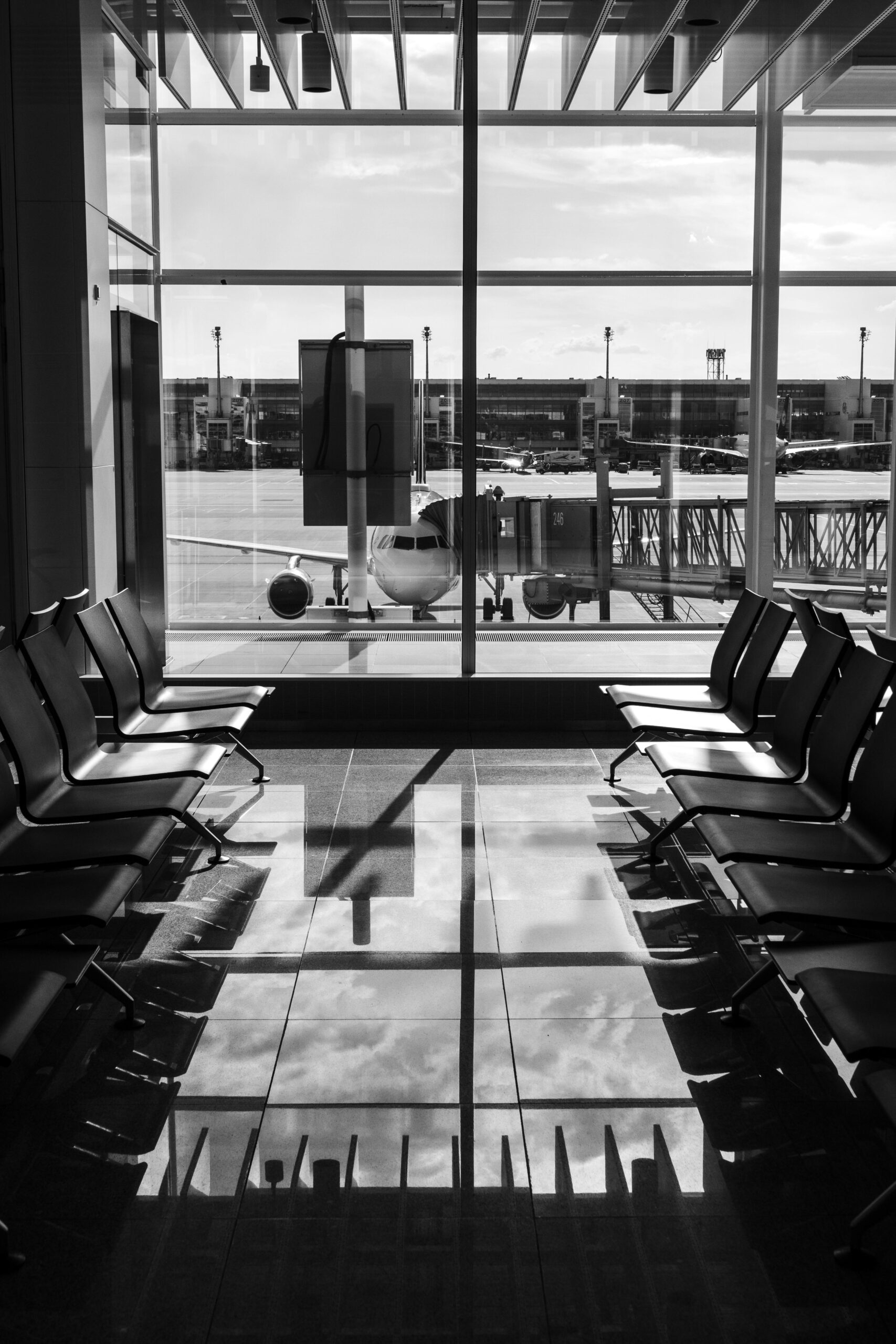

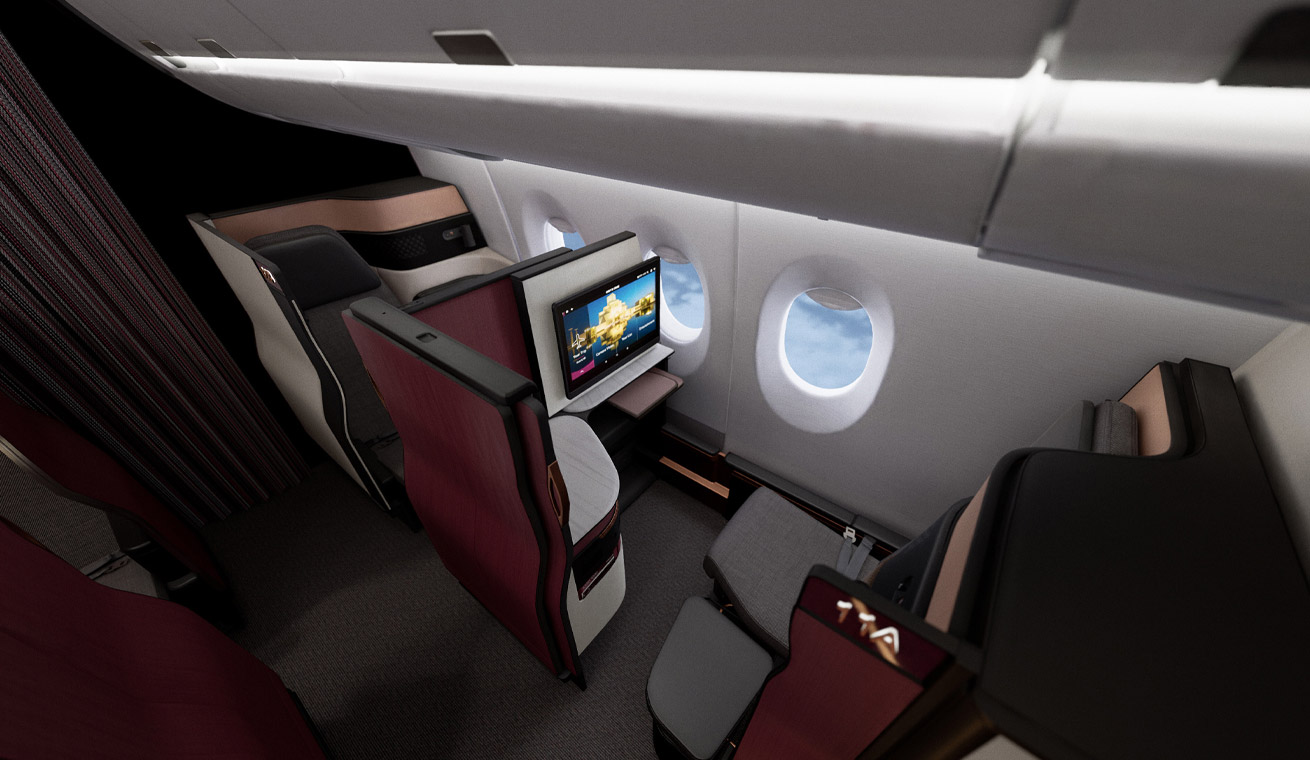

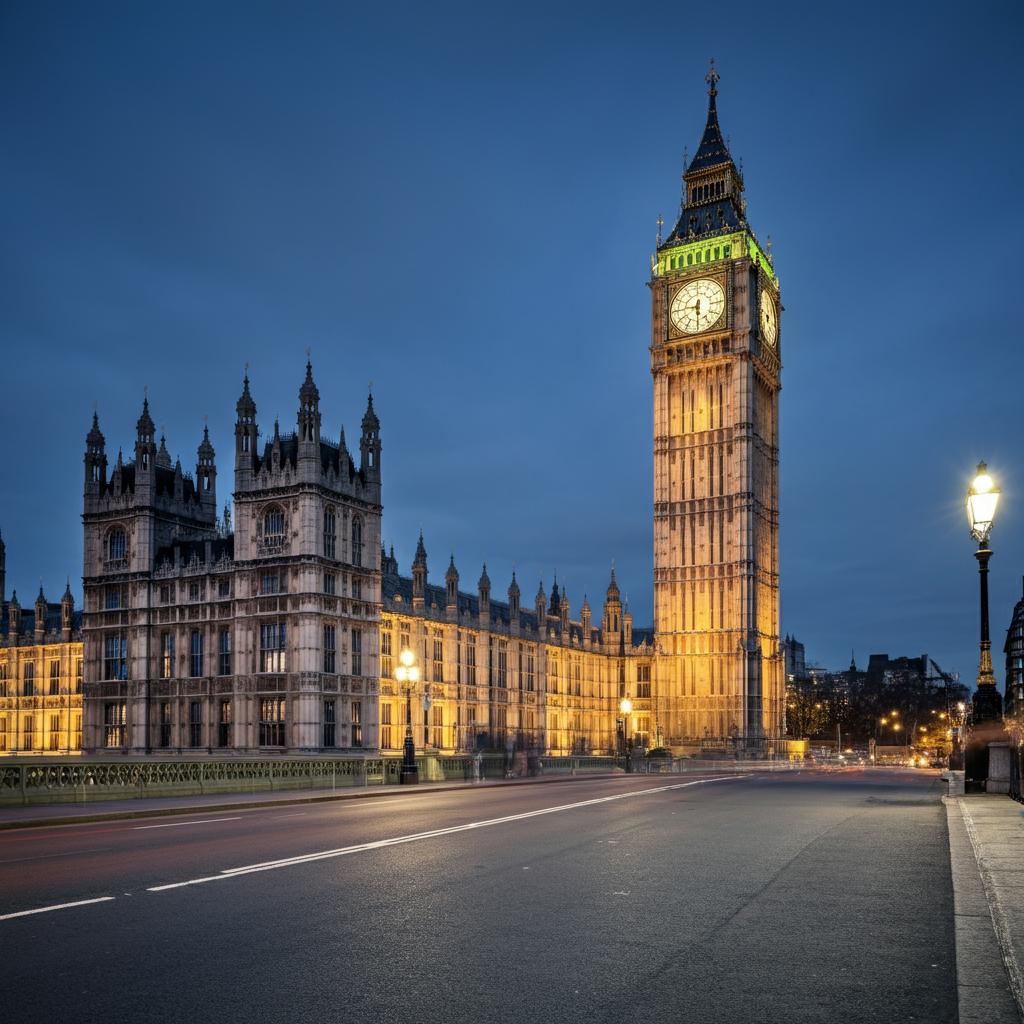
Leave a Reply